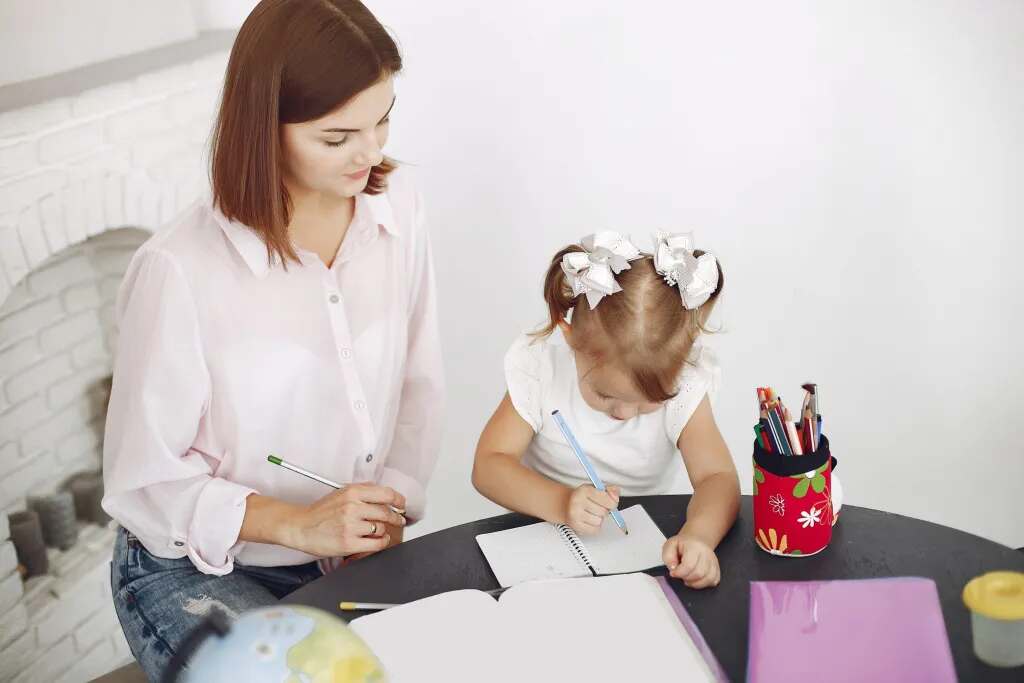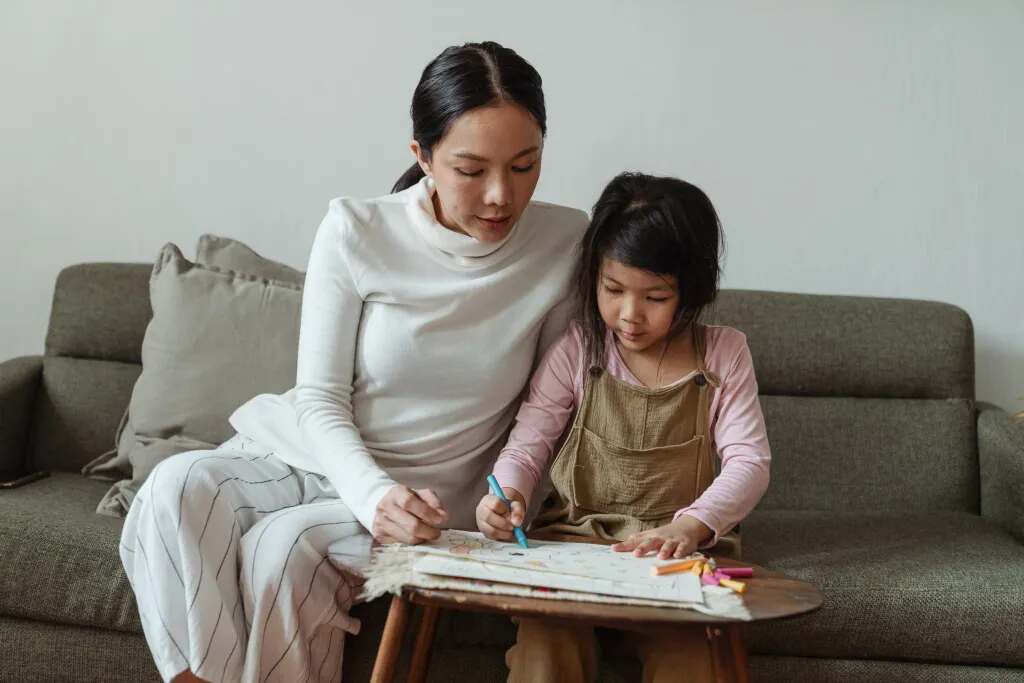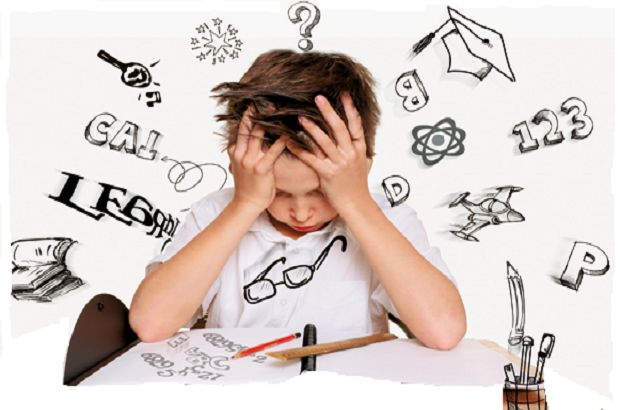Know About Learning Disabilities
How To Cope With It

How learning disabilities in children have become more challenging for parents
The term Learning Disabilities is an “umbrella” term unfolding a number of other, more detailed disorders related to child learning, such as dyslexia and dysgraphia.
kids with learning oriented disorders are facing really rough patch in their lives as they have become so much dependent on their families.
Those kids who face such difficulties need to put more effort on learning new concepts and skills.
Learning disabilities are genetic as well as neurological
There are different kinds of learning disabilities.
Some are genetic which means they cannot be changed as they are given to the child by birth.
And some learning disabilities are due to neurological factors that change the functions of brain which hinders cognitive processes that relate with learning and acquiring new skills.
These disorders create problems for the child to learn basic skills like reading, writing and learning maths.
Some disorders disturb the functions of brain that are responsible for organization, management of time, learning abstract concepts and also hinder in remembering long and short memory functioning of the brain.
Difficulty in academics
Living with learning disabilities for a kid is as challenging as it is for the parents.
Therefore, parents play a pivotal role in realizing the problems in their child and help them success in their academic performance despite of these learning disabilities which can be overcome by different treatments.
Social interaction becomes an ordeal for them
These learning disabilities adversely affect the child’s social development.
They face many difficulties in making new relationships as well as managing the old ones whether they are their friends, peers or neighbors.
They are not very social and expressive even with their parents and siblings.
Sometimes at workplace when they grow- up they cannot mingle and make friends.
Difference between learning disabilities and learning problems
Learning disabilities should not be confused with learning problems which are primarily the result of visual, hearing, or motor handicaps;
- of intellectual disability;
- of emotional disturbance; or
- of environmental,
- of cultural or
- of economic disadvantages.
Common kinds of learning disabilities are..

Dyslexia
It affects reading and its related areas like language learning and processing skills.
Dyslexia is categorized by discrepancies in accurate and fluent word recognition.
Children with this learning disability has to struggle a lot with recognizing the words, and the skill of decoding.
They cannot remember spellings as well. Their overall language acquiring skills are poor due to lack of reading comprehension and poor reading skills.
Children often have problems with phonemic and phonological awareness of the words.
They cannot recognize the sound patterns and relate it with specific letters.
Folks with dyslexia may also have impaired orthographic processing, which delays with connecting letters and letter combinations with sounds accurately and effortlessly.
ADHD
The long form of ADHD is Attention Deficit Hyperactivity Disorder.
This disorder makes child difficult to stay focused and pay attention in the classroom or at home also.
This disorder is not considered as a learning disability disorder in a strict manner but according to research, 30-50 % of children with ADHD have some kind of learning disability associated with it.
ADHD becomes visible in children during their early school years.
The most daunting task for these kids and their parents is to keep them focused and control/manage their behavior.
ADHD is not considered to be a learning disability. But this is the reason or you can say it provides ground for other learning disabilities to become more probable in the kid with ADHD.
three kinds of ADHD

The major symptoms of ADHD are hyperactivity, impulsivity, and inattention. There are mainly three kinds of ADHD identified by the professionals.
The most common ones are…
Hyperactivity or impulsive type
In this kind of ADHD, children do impulsive things. Their behavior becomes out-of-control under certain circumstances.
Inattention type
In this kind of ADHD, children behave in a passive way.
Their behavior does not appeal attention, observation or curiosity.
This is also a challenging situation for parents to address the problem of their child and work accordingly.
Combination of both inattentive and hyperactive-impulsive symptoms
In some kids, both the above-mentioned symptoms are present.
This kind of disorder that is combination of both hyper-activity and passivity is difficult to manage, judge and control for parents, older siblings, teachers, and caregivers.
During these times, parents need to work really hard on the betterment of this children who are facing learning disabilities either by birth or after living their life for some time before being diagnosed for the disorders.
Children with learning disabilities need empathy, treatment by experts, support and affection from people around them.
Learning disability is not treatable... But there is silver lining
A learning disability cannot be cured or fixed; it is a lifelong challenge.
However, there is still a silver lining to the cloud.
with appropriate support and intervention, people with learning disabilities can achieve success in school, at work, in relationships, and in the community.
You can read another article to know more about learning disabilities

About The Author
Rabia Shaukat
Rabia Shaukat is a person of many talents. Mostly she loves to write on various and diverse topics on life. Born, brought up and schooled in Lahore, now she currently resides in the United States of America (USA) with family.